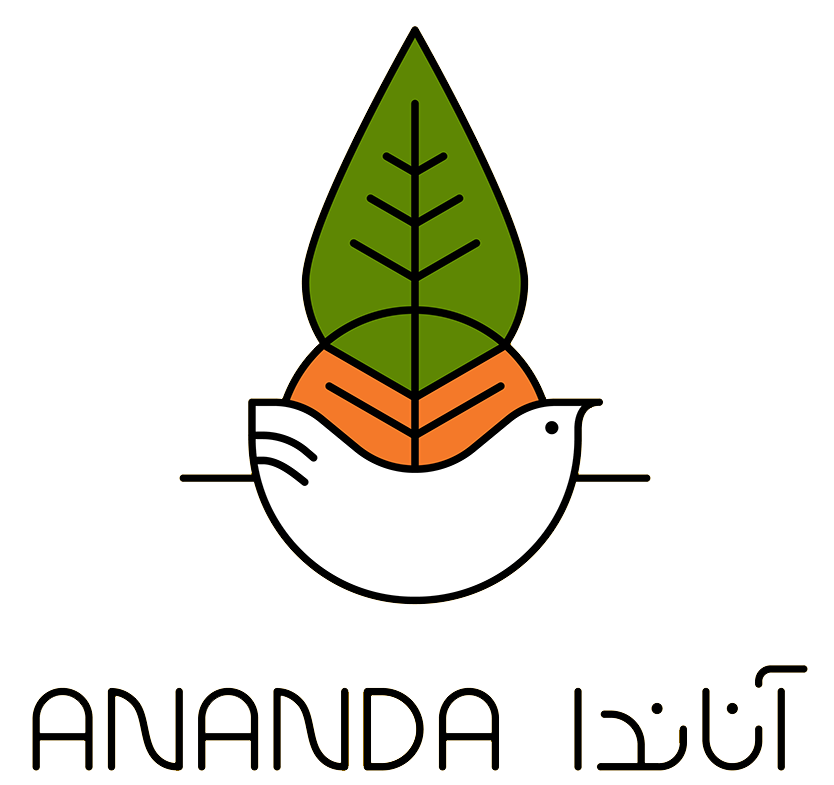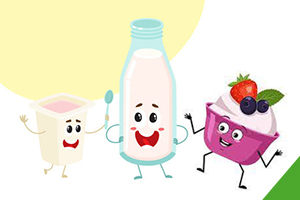By Setareh Kiumarsi
In this post, we’ll explore incorrect food combinations involving milk and yogurt. It continues our series on common food combination mistakes and the proper ways to consume specific foods. In the previous two posts, we discussed dos and don’ts for desserts and fruits. Now, let’s begin this one with a focus on milk.
Combining milk with other foods
Imagine squeezing a few drops of lemon into a glass of milk—it curdles instantly. That’s because of milk’s natural qualities. Your digestive system releases non-acidic enzymes to process it.
Now, if you combine milk with foods that require acidic enzymes for digestion, the milk curdles inside your stomach and turns into toxins. What kinds of foods are we talking about?
Legumes, animal proteins (like red meat, poultry, seafood), vegetables, bananas, sour fruits, cheese, yogurt, sour cream, and so on.
To avoid this, don’t eat anything else at least three hours before or after drinking milk, and avoid using milk or cream in cooking.
That said, goat’s milk and camel’s milk are lighter than cow’s milk. If you’re drinking those, you can reduce the separation time to about two hours before and after meals.
So what can milk be combined with?
It combines beautifully with almonds, making a highly nourishing drink for the immune system.
Mixing it with dates, figs, mulberries, sweet mango, or rice creates powerful, rich, and fattening combinations.
Pairing it with carrots is another great idea. In Ayurveda, carrots are warm and dry, while milk is cold and moist; so carrot acts as a balancer for milk and helps it digest more easily. In fact, if you drink carrot milk at bedtime on an empty stomach, it acts as a gentle laxative and helps your bowels move.
One of the worst combinations: milk and banana
Banana milk is considered one of the most toxic combinations in Ayurveda.
Milk is heavy and slow to digest—your body needs around three hours to break it down. Bananas, on the other hand, are fast-digesting and absorbed quickly. When these two are consumed together, digestion of the milk is disrupted and it turns into toxins.
Moreover, bananas are dense and mucus-forming, and milk is too. When combined, they create a sticky, hard-to-digest mess.
If you absolutely love banana milk, use almond milk instead of dairy milk, and add digestive spices like saffron, cardamom, and rose petals. For instructions on how to make almond milk, check out our post on that.
Now, let’s move on to another popular dairy food: yogurt.
Incorrect food combinations with yogurt
Yogurt is a valuable food, produced through bacterial fermentation of milk. It’s rich in calcium, B vitamins, phosphorus, magnesium, potassium, and high in protein. Most importantly, it contains probiotics—living bacteria that support digestion, absorption, and elimination.
But despite all these benefits, yogurt has a very sticky quality. It creates excess moisture in the digestive tract, and when it’s combined with certain other foods, it can fill the gut with toxins and undigested mucus.
So what should yogurt not be combined with?
Animal proteins (including red meat, chicken, eggs, seafood), fruit (especially sour fruits), cheese, pickled vegetables, and other sour ingredients (like vinegar, verjuice, lemon juice, etc.).
Please be sure to credit the author, Setareh Kiumarsi, when sharing or republishing this article, which was written with love and the hope of well-being for all.







